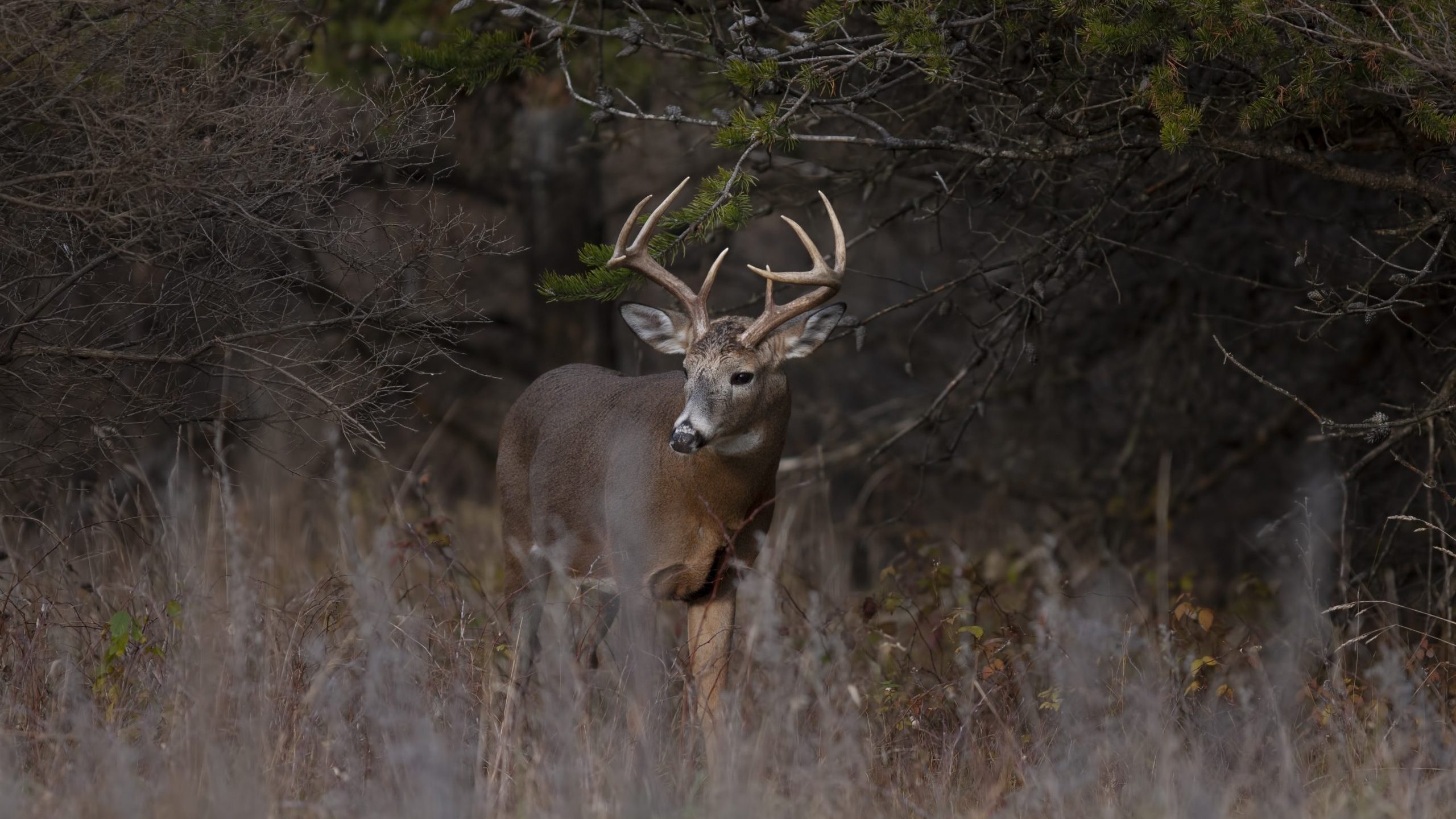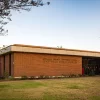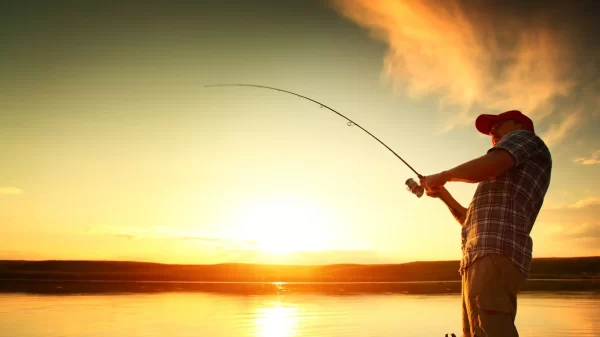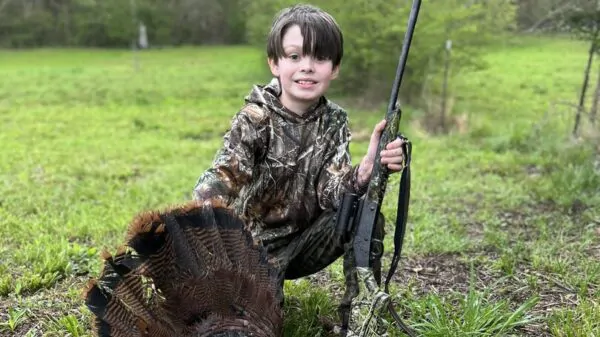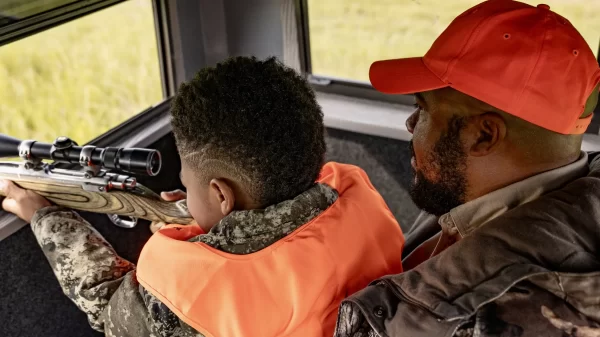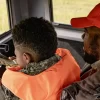This weekend is the height of the deer hunting season in much of Alabama. Hunters need to be very aware of the chronic wasting disease situation in Mississippi. Please don’t harvest deer across the Mississippi state line and bring those carcasses back with you into Alabama – which is still CWD free, for now at least.
Hunters need to be on the alert for CWD symptomatic deer, particularly when hunting in Northwest Alabama. The Mississippi Department of Wildlife, Fisheries and Parks recently received “suspect positive” CWD test results for two hunter-harvested bucks from Tippah and Alcorn counties in northeast Mississippi. These are the first CWD-positive detections for those counties.
The MDWFP is sending samples to the National Veterinary Services Laboratory in Ames, Iowa, for final confirmation.
These are the first suspected CWD-positive cases in white-tailed deer within 25 miles of the Alabama state line. The Alabama Division of Wildlife and Freshwater Fisheries has tested more than 11,000 deer since 2002. To date, CWD has not been detected in Alabama.
As part of WFF’s CWD Strategic Surveillance and Response Plan, CWD surveillance efforts were increased in Alabama after deer in Mississippi and Tennessee tested positive for the disease in 2018. That increased surveillance effort continues, including the collection of samples from hunter-harvested deer, roadkill deer and sick deer reported to WFF by the public.
Hunters are encouraged to utilize the self-service CWD sampling stations located throughout the state as part of WFF’s CWD surveillance effort. An up-to-date map with directions to the CWD sampling stations and instructions on how to submit a sample is available online.
CWD is a neurodegenerative disease found in most deer species, including moose, elk, mule deer and white-tailed deer. It is infectious and always fatal. It is part of a group of diseases known as transmissible spongiform encephalopathies and is similar to mad cow disease in cattle (bovine spongiform encephalopathies) and scrapie in sheep.
These are prion diseases and as such are virtually impossible to eradicate in the ground once infected. BSE was shown to be transmissible to humans from eating infected beef in Europe resulting in deaths. As a precaution, hunters should avoid eating or grinding up brain or spinal tissue when preparing deer sausage. These diseases cause irreversible damage to brain tissue that leads to salivation, neurological symptoms, emaciation and death of the animal.
Deer infected with CWD can spread the disease to other deer even before symptoms develop. It can take one to two years for infected animals to become symptomatic. When symptoms appear, they can include emaciation, lethargy and abnormal behavior. Other signs include excessive salivation, loss of appetite, progressive weight loss, excessive thirst and urination, and drooping head or ears. [More information on CWD is available here.]
Hunting and fishing are fun activities that the whole family can enjoy, while still being safe from the coronavirus by practicing social distancing and avoiding contact with crowds and persons outside of the home, unlike sports, concerts, theaters and other entertainment.








































